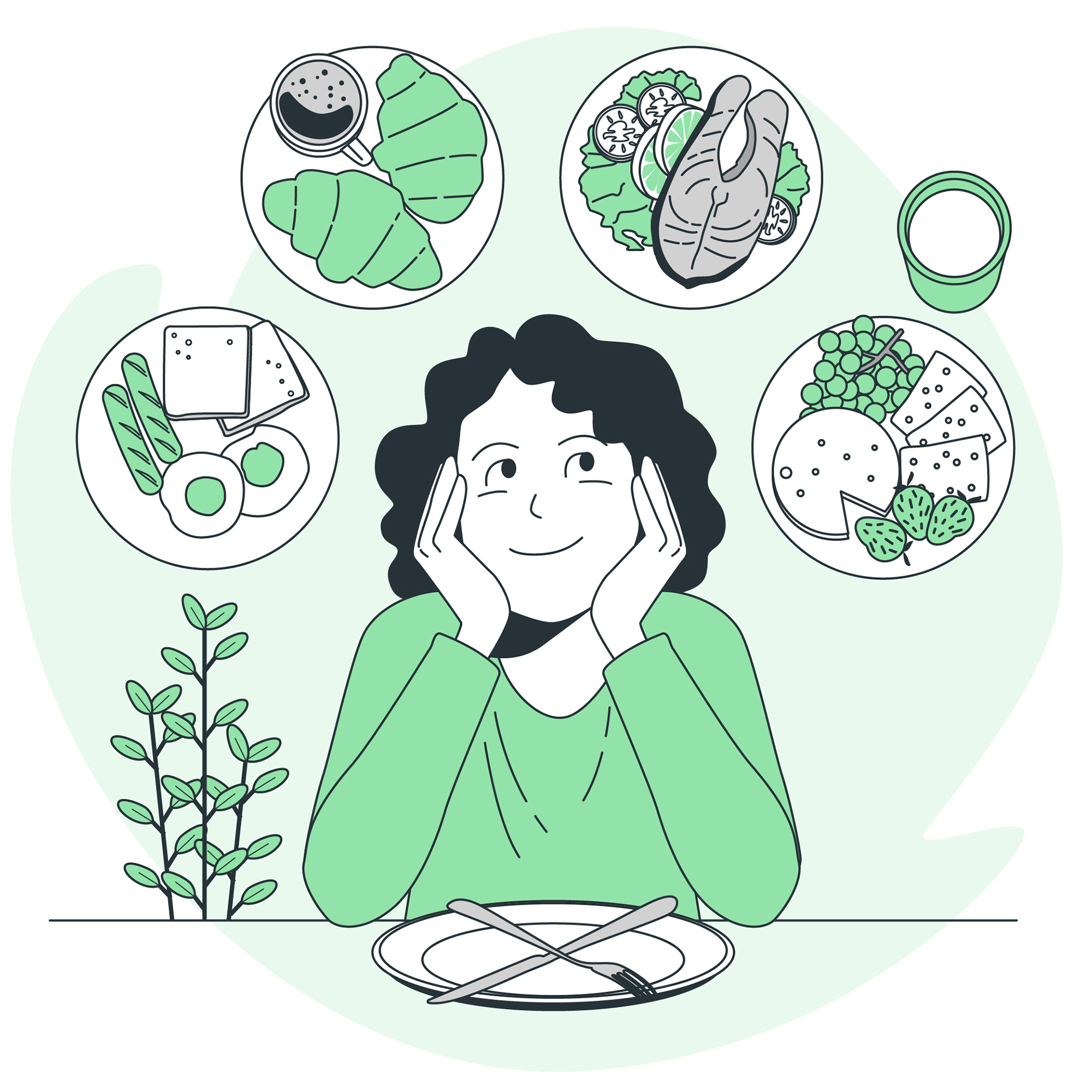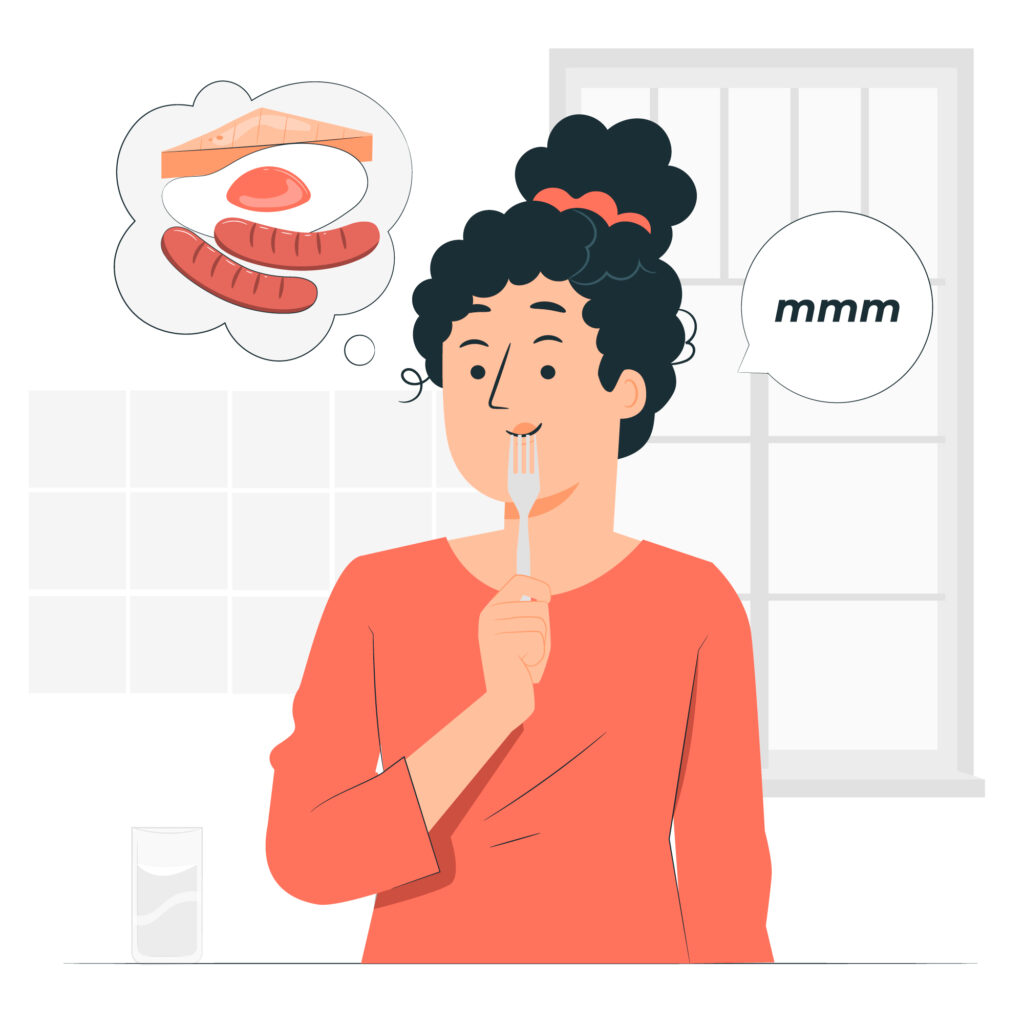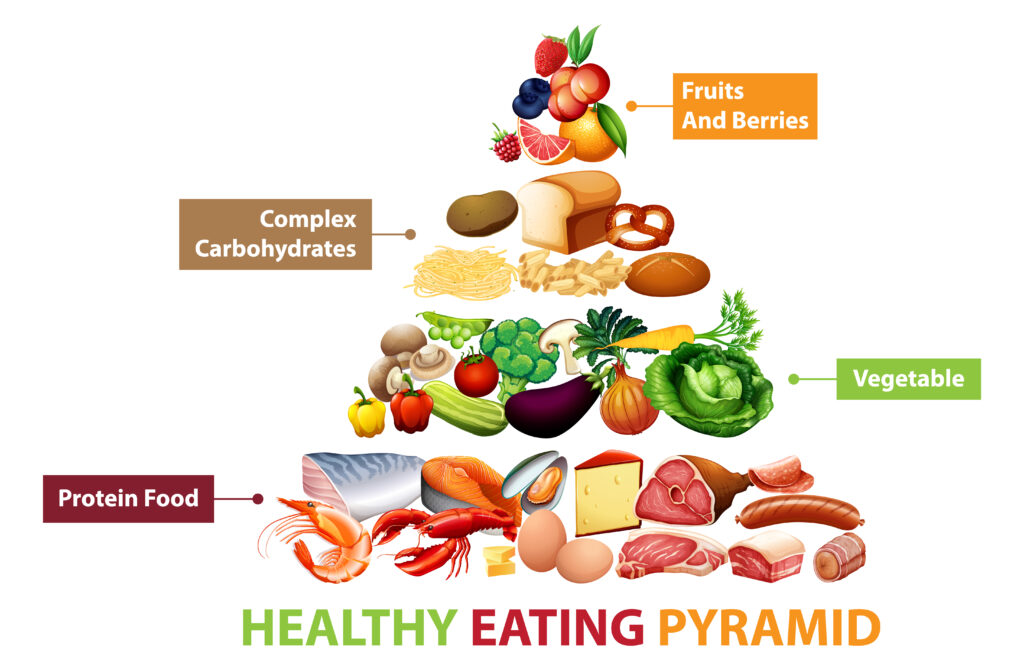Understanding Eating Disorders: A Simple Guide
Eating disorders are serious mental health conditions that affect a person’s relationship with food and eating. They can have a profound impact on physical and emotional health. Let’s take a closer look at eating disorders, including their types, causes, symptoms, and treatment options.

Types of Eating Disorders
Eating disorders are complex conditions that can manifest in various ways. Understanding the different types of eating disorders is crucial for recognizing their signs and seeking appropriate treatment. Let’s explore the four main types of eating disorders in more detail:
- Anorexia Nervosa: Anorexia is characterized by a severe restriction of food intake, leading to significant weight loss and an intense fear of gaining weight. Individuals with anorexia often have a distorted body image, seeing themselves as overweight even when they are underweight. They may engage in behaviors such as counting calories obsessively, avoiding certain foods, and excessive exercise. Anorexia can have serious health consequences, including organ damage, hormonal imbalances, and even death if left untreated.
- Bulimia Nervosa: Bulimia is characterized by episodes of binge eating followed by purging behaviors, such as self-induced vomiting, laxative or diuretic abuse, or excessive exercise. Unlike anorexia, individuals with bulimia nervosa can have serious consequences on both physical and mental health, including electrolyte imbalances, gastrointestinal issues, and dental problems.
- Binge Eating Disorder (BED): BED is characterized by recurrent episodes of binge eating without the purging behaviors seen in bulimia. Individuals with BED may eat large amounts of food in a short period and feel a lack of control over their eating during these episodes. They may eat even when not hungry and continue eating even when uncomfortably full. BED is often associated with feelings of guilt, shame, or distress. It can lead to obesity and related health issues if not addressed.
- Other Specified Feeding or Eating Disorder (OSFED): OSFED includes eating disorders that do not meet the criteria for anorexia, bulimia, or BED but still cause significant distress or impairment. This category may include atypical presentations of anorexia or bulimia, as well as other feeding or eating disorders not otherwise specified.

Causes of Eating Disorders
While the exact causes aren’t fully understood, a mix of factors can play a role:
- Genetics: Having a family history of eating disorders can increase the risk.
- Psychological Factors: Low self-esteem, perfectionism, and feeling dissatisfied with one’s body can contribute.
- Sociocultural Influences: Pressure to be thin or have a certain body shape can be a factor.
- Life Experiences: Trauma, abuse, or major life changes can also play a part.
Symptoms of Eating Disorders
Symptoms of eating disorders can vary depending on the type of disorder but may include:
- Extreme Dieting: Severely restricting food intake or fasting.
- Obsession with Food and Weight: Constantly thinking about food, weight, and body image.
- Binge Eating: Eating large amounts of food quickly, often in secret.
- Purging: Trying to get rid of food through vomiting or excessive exercise.
- Avoiding Social Situations: Skipping meals or avoiding eating around others.
- Physical symptoms such as dizziness, fatigue, or hair loss.
Seeking Help and Treatment
Recovery from an eating disorder is possible with the right support:
- Therapy: Talking to a therapist, especially one trained in cognitive-behavioral therapy (CBT), can be very helpful.
- Nutritional Support: Working with a Clinical dietitian can help establish healthier eating habits.
- Medication: In some cases, medication may be prescribed to help manage symptoms like depression or anxiety.
- Hospitalization: In severe cases, hospitalization may be necessary for intensive treatment and stabilization.
Conclusion
Eating disorders are serious mental health conditions that can have devastating effects on physical and emotional well-being. Recognizing the signs and symptoms of eating disorders is the first step toward seeking help and treatment. If you or someone you know is struggling with an eating disorder, it’s important to seek support from a healthcare professional or mental health provider. With the right treatment and support, recovery is possible.











